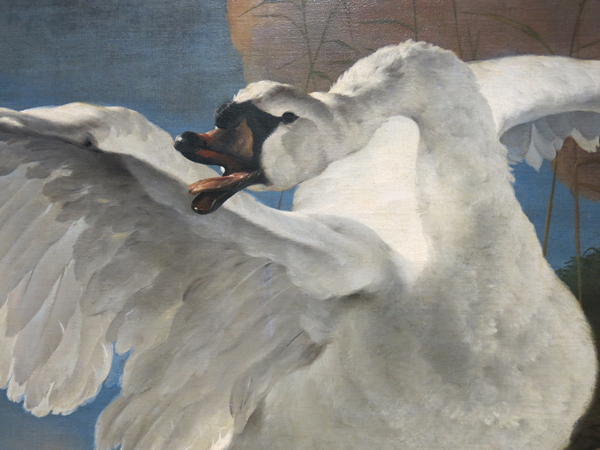
I was really taken by the roughness and simplicity of these botanical sketches by Theodoor Willem Niewenhuis — they are so fresh with such clean lines and bright washes; something you would see out of a sketchbook today, though they were painted around 1895.




And then there were these beauties by Richard Roland Holst and Theo van Hoytema from around 1892 and 1900:



It makes me want to take a walk down to Rabat's botanical gardens with a sketchbook...















































